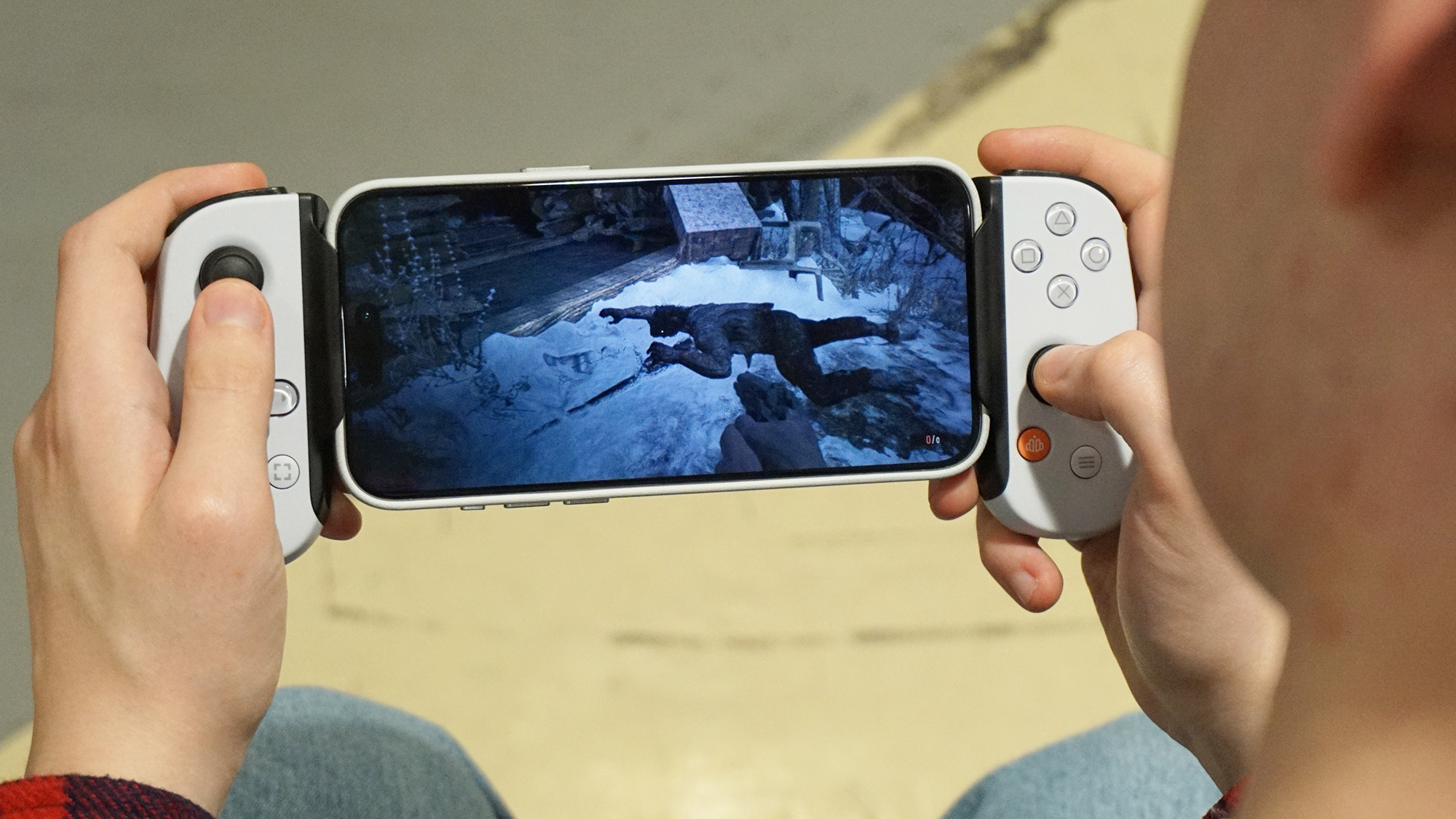This budget mobile controller beats the Backbone One with one fantastic feature
An impressive flex

I’m a big proponent of the Backbone One mobile controller. It’s perfect for top native mobile titles like Call of Duty: Warzone Mobile and Genshin Impact, but is also easily one of the best Xbox Game Pass streaming accessories on the market - or so I thought. Although the controller’s original design is a few years old now, I didn’t think there were many ways in which it could be improved - until I went hands-on with the recently released GameSir X2s Type-C.
A budget mobile controller, the GameSir X2s Type-C costs 45.99 / £49 / AU$69, a whopping $44 / £50.99 / AU$110.99 less than the Backbone One, but has managed to come out on top thanks to one killer feature: its unique moveable USB-C connector. It addresses one of my biggest complaints with the Backbone One while helping to protect your phone’s charging port from damage.
Catching up

Getting your phone crammed into the Backbone One is more of a pain than it needs to be. For starters, the Backbone One doesn't have enough room for the vast majority of phone cases so you need to take it off every single time you want to play. This is a double whammy of frustration, as you’re not only left with an empty phone case to clog up your pockets but also a naked phone that’s vulnerable to bumps or scratches.
This is especially problematic if you’re using your Backbone One to play on public transport or a flight, which is realistically a big reason why most of us would consider picking up a mobile controller in the first place. It’s easy for accidents to happen in these environments and I’ve dropped my phone a fair few times while it’s been connected and now have some nasty dents to show for it.
With the GameSir X2s Type-C, however, these difficulties are a thing of the past. Its USB-C connector is spring-loaded and can be tilted up to a 51-degree angle. This means that the mobile controller is compatible with almost any phone case, simply tilting slightly to create the necessary extra clearance.
Returning to the Backbone One, the setup process is still needlessly fiddly even if you don’t use a case. The mobile controller features a spring-loaded extending back, which helps it to fit snugly around a wide range of devices. It’s an excellent idea on paper, but keeping it extended with one hand while slotting your phone into place with the other is incredibly awkward and an annoying hurdle if you’re just after a few quick matches of PUBG Mobile on the go.
Although the GameSir X2s Type-C features a similar spring-loaded mechanism, the moveable connector means that you don't need to do everything in a single motion to get your phone attached. You can simply slot the phone in at an angle, entirely impossible on the Backbone One, and then extend the controller until it falls into place.
Sign up for breaking news, reviews, opinion, top tech deals, and more.
With the Backbone One, things are even worse when it comes to getting your phone back out again. I often find myself just grabbing the corner of my phone and haphazardly pulling it at an angle until it comes loose. It’s the easiest and fastest way to get the phone disconnected, but I wouldn’t recommend you ever do the same. You can feel straight away that the action puts a lot of pressure on the connector, risking damage not only to the controller itself but also to the charging port of your phone.
The moveable USB-C connector of the GameSir X2s Type-C means that removal is much easier: you just lift up your phone and pull safe in the knowledge that the added capacity for motion will prevent anything from snapping.
It’s such a small and simple addition, but it’s hard to overstate just how much it improves the experience of using the GameSir X2s Type-C compared to the Backbone One. I’m really hoping that Backbone is taking notes.
You might also like...
- Why your next gaming handheld could be an iPhone
- Our guides to the best iPhone games or the best Android games
- Our breakdown of the best PC controllers right now

Dash is an experienced tech journalist who currently serves as the Gaming Editor at TechRadar, where he helps oversee coverage of video games and related products.
Before joining the team, he was Contributing Writer at PLAY (formerly Official PlayStation Magazine) and has also written articles for many of the UK's biggest gaming magazines including Edge, PC Gamer, and SFX.
Now, when he's not getting his greasy little mitts on the newest hardware or gaming gadget, he can be found listening to J-pop or feverishly devouring the latest Nintendo Switch otome.